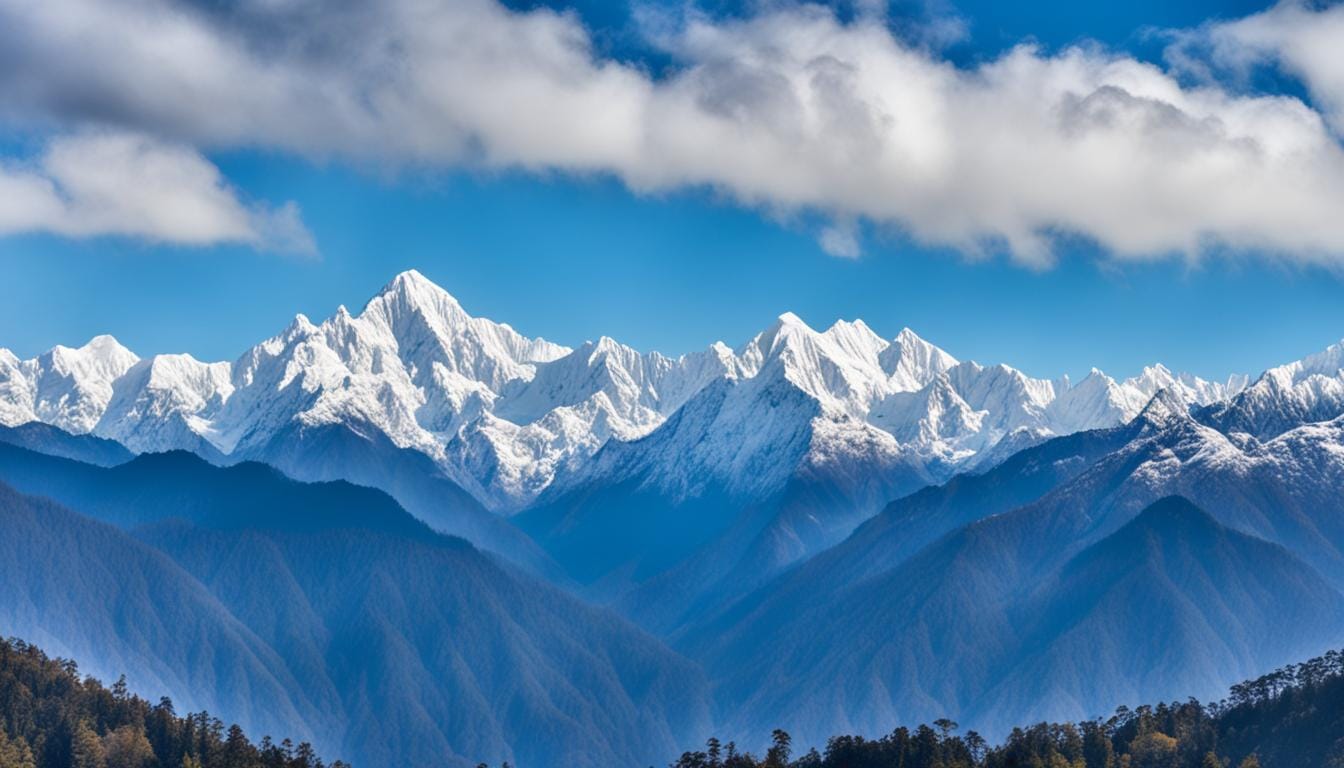Zemithang – Where the Mystical Meets the Majestic!

In the distant reaches of Arunachal Pradesh lies a place so tranquil, it feels like a world apart. Zemithang, a hidden gem near the India-China border, offers a unique blend of culture, spirituality, and natural beauty. Unspoiled by the typical tourist trails, this quaint village offers a window into the lives of the Monpa people, surrounded by towering mountains, ancient monasteries, and stories of history and faith that resonate through its landscapes. For those willing to journey here, Zemithang promises a travel experience that feels both timeless and transformative.
Zemithang’s Historical and Cultural Landscape
Zemithang lies in the Tawang district, about 90 kilometers from the bustling Tawang town, and it is steeped in a complex history. The region has significant ties to Buddhism and, notably, was part of the route taken by the 14th Dalai Lama during his escape to India in 1959. This place bears the warmth of Tibetan and Monpa culture, evident in its age-old rituals, architecture, and the renowned Gorsam Chorten – a colossal stupa considered one of the largest in Arunachal Pradesh. With its strong spiritual vibe, Zemithang is a destination where history, legend, and everyday life intertwine.

What to See in Zemithang
Gorsam Chorten:
Built in the 13th century, Gorsam Chorten is the pride of Zemithang. This white-washed stupa, strikingly similar to the Boudhanath Stupa in Nepal, has a unique circular structure with a dome that glistens against the mountainous backdrop. Pilgrims and travelers alike visit to seek blessings, and during the Gorsam Kora Festival, this place transforms into a vibrant scene of prayer, dance, and cultural expression. The festival typically occurs in March and is a must-see event for anyone visiting.
River Nyamjang Chu:
Flowing gracefully through Zemithang, the Nyamjang Chu River is known for its peaceful and pristine banks. Nature enthusiasts often visit the river to experience its tranquility and take a leisurely walk along its banks, which are flanked by blooming rhododendrons in spring. The river also provides a serene spot for picnics and photography, offering an ideal setting for a meditative break from sightseeing.
Traditional Monpa Villages:
Zemithang’s villages are a beautiful reflection of Monpa heritage. Stone houses, wooden bridges, and farms dot the landscape, and the Monpa people are welcoming and warm. A visit to these villages offers an authentic experience of traditional life, including pottery, weaving, and even trying local dishes. Engaging with the locals can be one of the most rewarding aspects of your journey, giving a sense of the region's unique cultural fabric.

Birdwatching and Wildlife:
Zemithang is a paradise for birdwatchers, especially those hoping to spot rare species. The black-necked crane, for instance, migrates to this region during winter, adding to the area’s biodiversity. If you’re lucky, you may also spot rare Himalayan species, making Zemithang a key destination for nature lovers.
Planning the Journey – What You Need to Know
Getting to Zemithang
- By Road:
Tawang is the nearest town with road connectivity to Zemithang. From Tawang, you can hire a taxi, which usually costs between ₹4,000 to ₹6,000 (round trip). The journey takes approximately three hours, though it can vary due to road and weather conditions. The scenic drive to Zemithang is an adventure in itself, with hairpin bends and panoramic views of the Himalayas. - Permits:
Since Zemithang lies close to the border, Indian tourists require an Inner Line Permit (ILP), while foreign nationals need a Protected Area Permit (PAP). These permits can be obtained in Tawang or through online portals for around ₹100-₹500, depending on the requirements. It’s recommended to check the latest requirements before travel.
Best Time to Visit
The ideal time to visit Zemithang is between October and April when the weather is pleasant and there’s less risk of landslides or heavy rains. March, in particular, is the best time for those interested in the Gorsam Kora Festival.

Staying in Zemithang
Accommodation options are limited in Zemithang, which adds to its off-the-grid charm. There are a few homestays available where you can experience local hospitality and Monpa culture first-hand. Homestay rates range from ₹1,000 to ₹2,500 per night, including meals. Alternatively, you could stay in Tawang and make a day trip to Zemithang, though staying overnight in the village offers a deeper connection to the area.
Food and Dining
Food in Zemithang is simple yet delicious, with influences from Tibetan and Monpa cuisines. Dishes like momos, thukpa, and zan (a local porridge) are commonly served, often accompanied by the Monpa staple of butter tea. Meals are generally provided by the homestays, and it’s a good idea to carry some snacks, especially if you’re going for a day-long trek or excursion.

Exploring Beyond Zemithang
For those wanting to extend their journey, several nearby places add richness to the overall experience:
- Tawang Monastery:
About a 90-kilometer drive from Zemithang, Tawang Monastery is one of the largest monasteries in Asia. Established in the 17th century, this monastery is not just a religious site but a hub of culture and learning, adorned with intricate murals, statues, and scriptures. - Bumla Pass:
Close to Zemithang lies Bumla Pass, another high-altitude pass along the India-China border. With special permits, travelers can visit this stunning area, where the landscape is awe-inspiring, and the history is deeply woven into India’s border defense. - Maduri Lake:
A picturesque lake close to Tawang, Maduri Lake offers spectacular views, particularly in winter when the snow adds a mystical touch. The lake is accessible by car and is ideal for nature photography and serene walks.

Costs and Estimated Budget
Zemithang is a relatively affordable destination, though costs may vary depending on your mode of travel and accommodation choices. Below is a sample budget estimate for a two-day visit:
- Travel (Tawang to Zemithang by taxi): ₹4,000 – ₹6,000 (round trip)
- Permit fees: ₹100 – ₹500 per person
- Accommodation (Homestay): ₹1,000 – ₹2,500 per night
- Meals (per day): ₹500 – ₹800 per person
- Additional expenses (snacks, souvenirs): ₹500 – ₹1,000
Total Estimated Cost: Approximately ₹8,000 – ₹12,000 for a two-day trip for one person, including transportation, accommodation, meals, and permits.
Zemithang’s Call – Why You Should Visit
Zemithang offers a rare experience that combines natural beauty, spiritual significance, and cultural warmth. Unlike popular tourist spots, it remains peaceful and largely untouched, allowing visitors to truly immerse themselves in its serene surroundings. With its age-old stupas, authentic Monpa lifestyle, and mesmerizing mountain views, Zemithang invites you to disconnect from modern pressures and connect with the past, the land, and its people.

In Zemithang, each moment feels like a pilgrimage. This small, serene village holds within it centuries of history, untouched landscapes, and a simplicity that feels almost sacred. For the adventurous soul, Zemithang offers an offbeat travel experience that’s more than just a destination – it’s a journey into the essence of the Himalayas and a glimpse into a slower, more harmonious way of life. So, if you’re seeking a place where nature, history, and spirituality converge, let Zemithang be your next unforgettable adventure.
